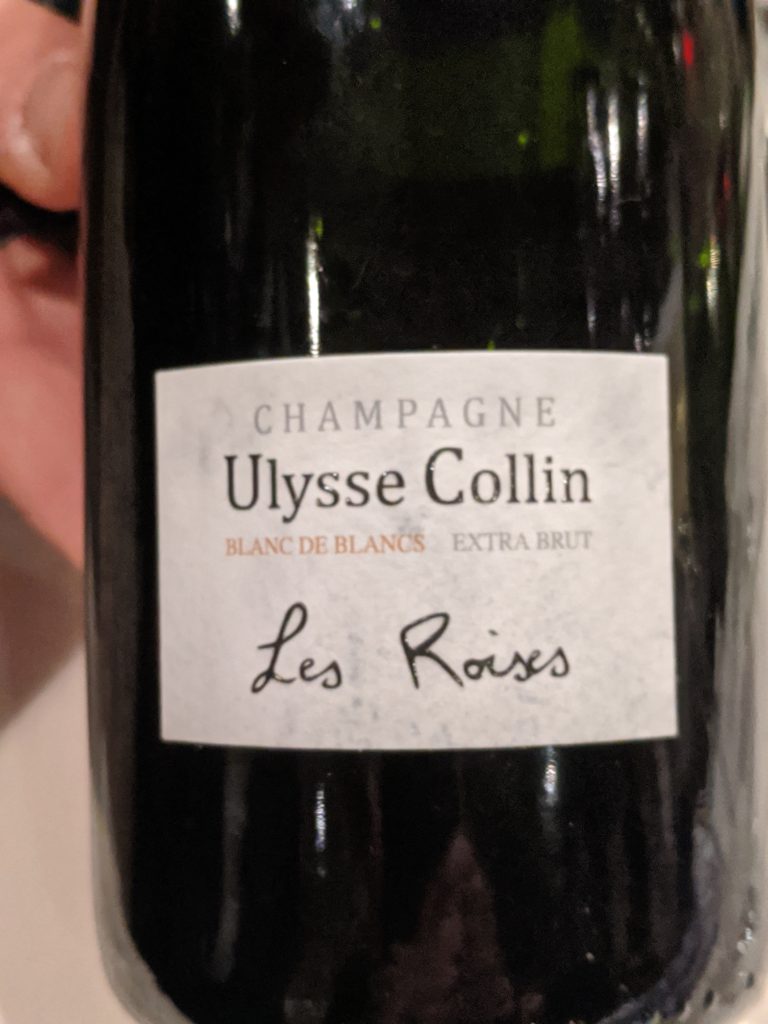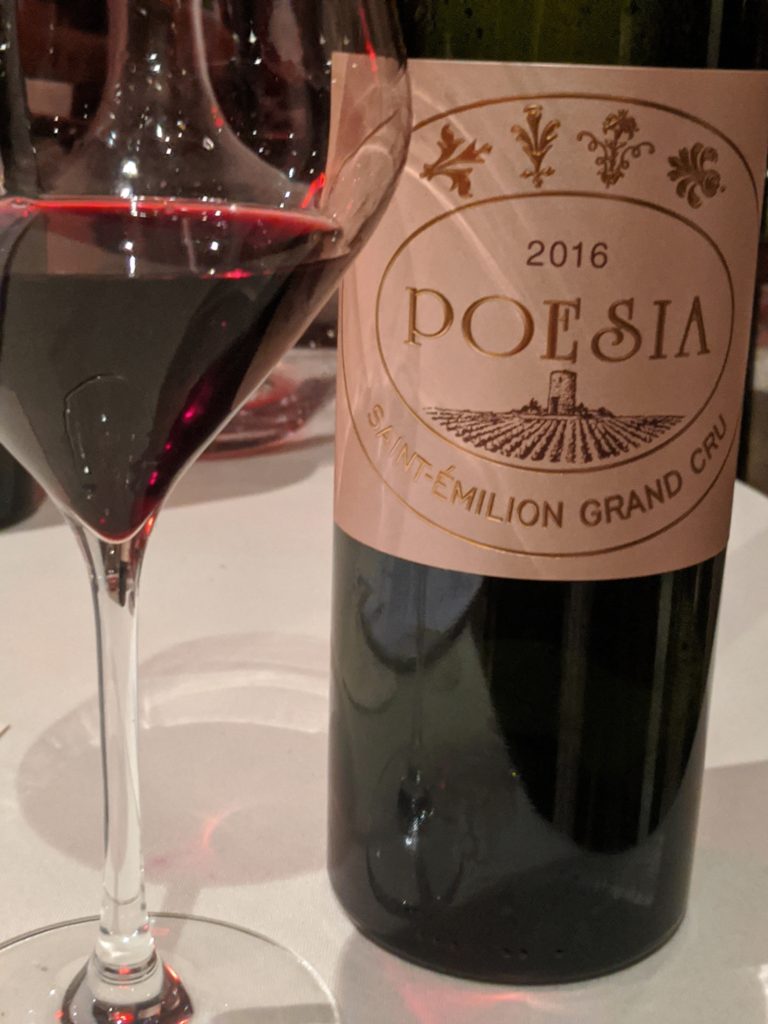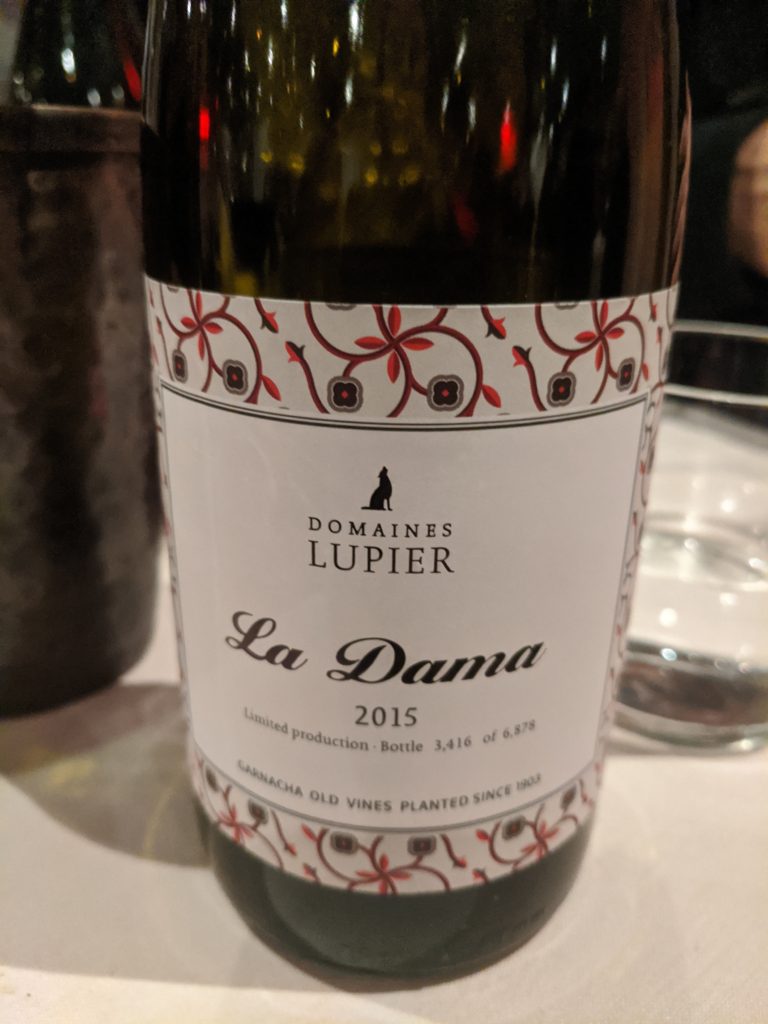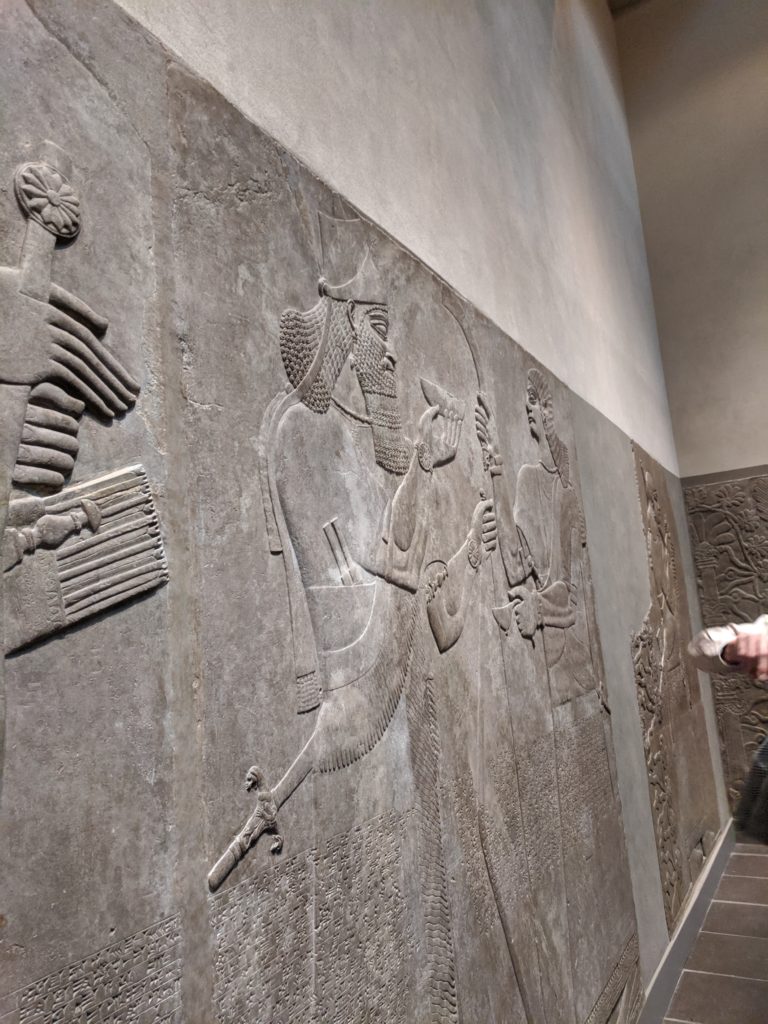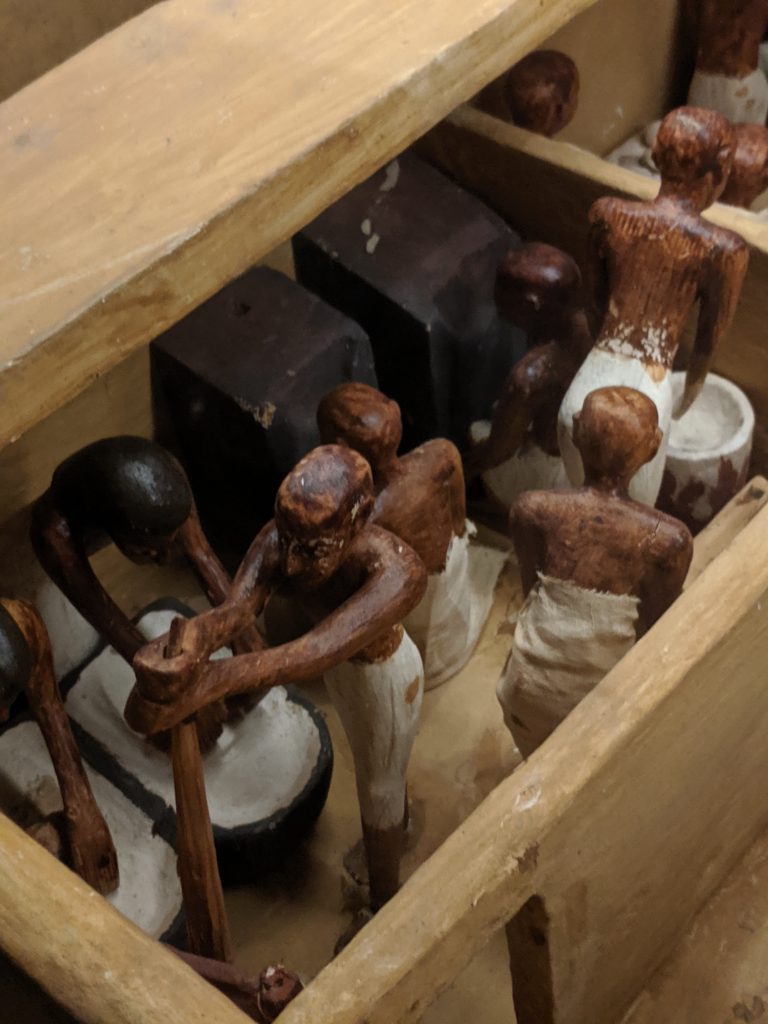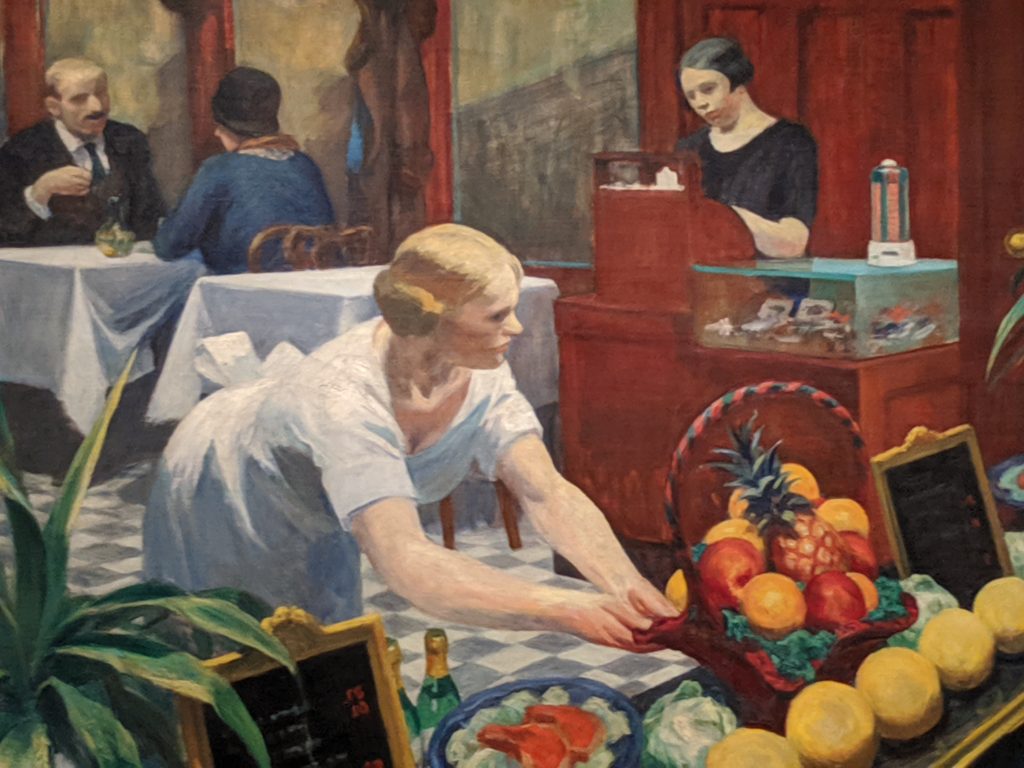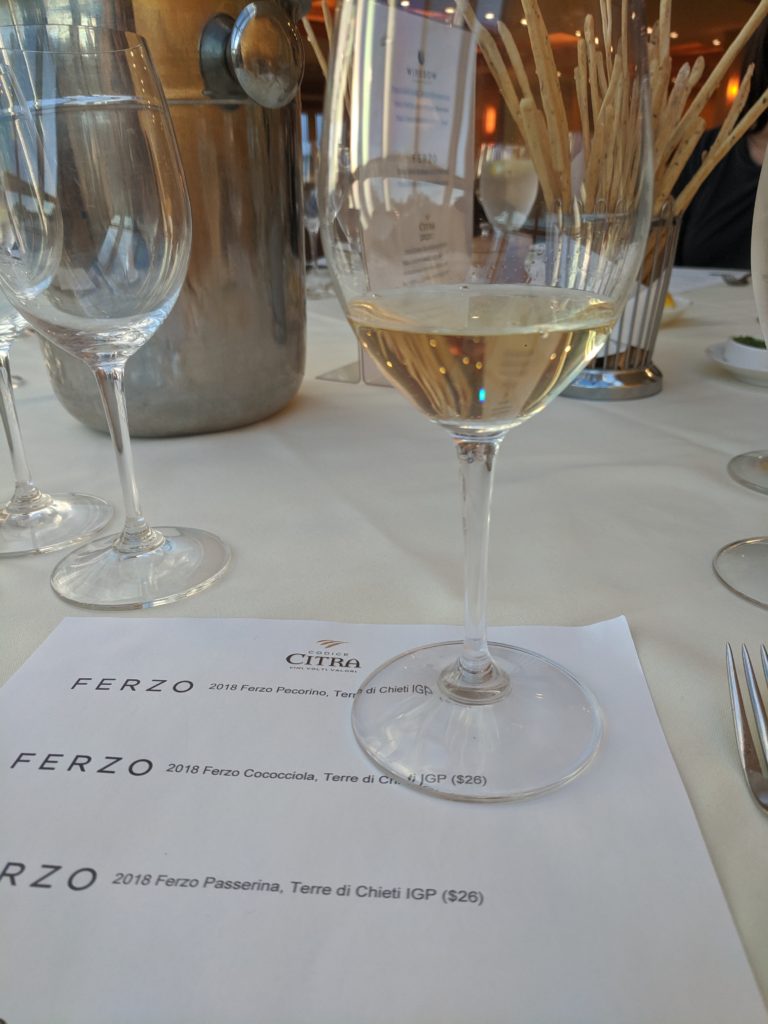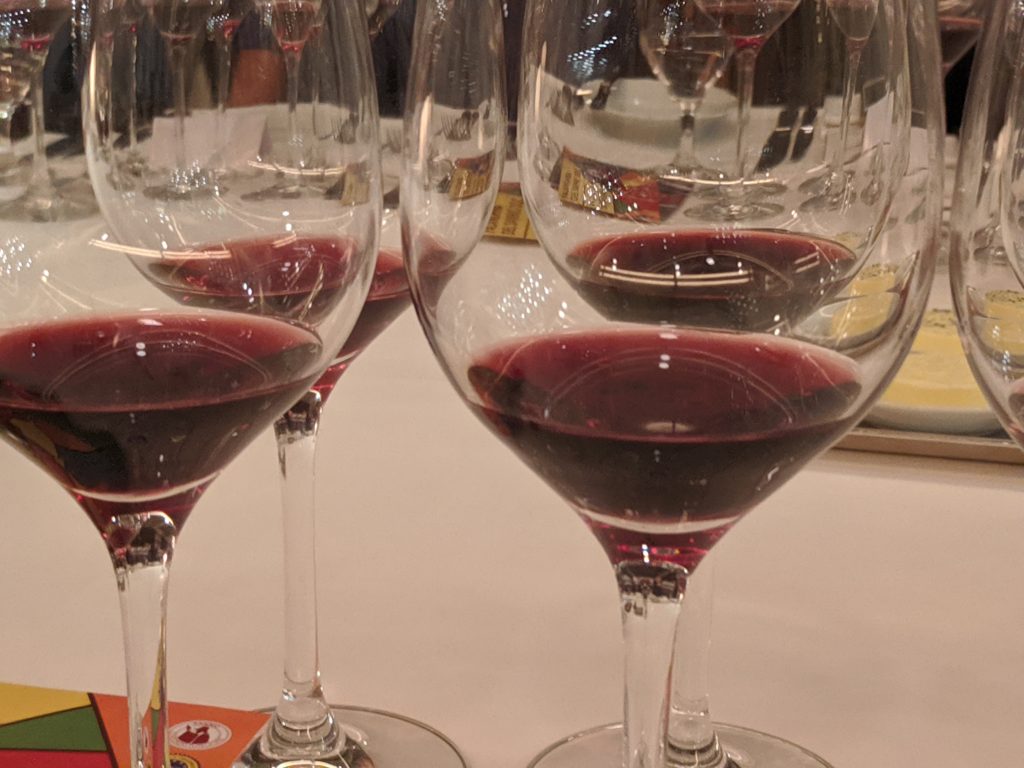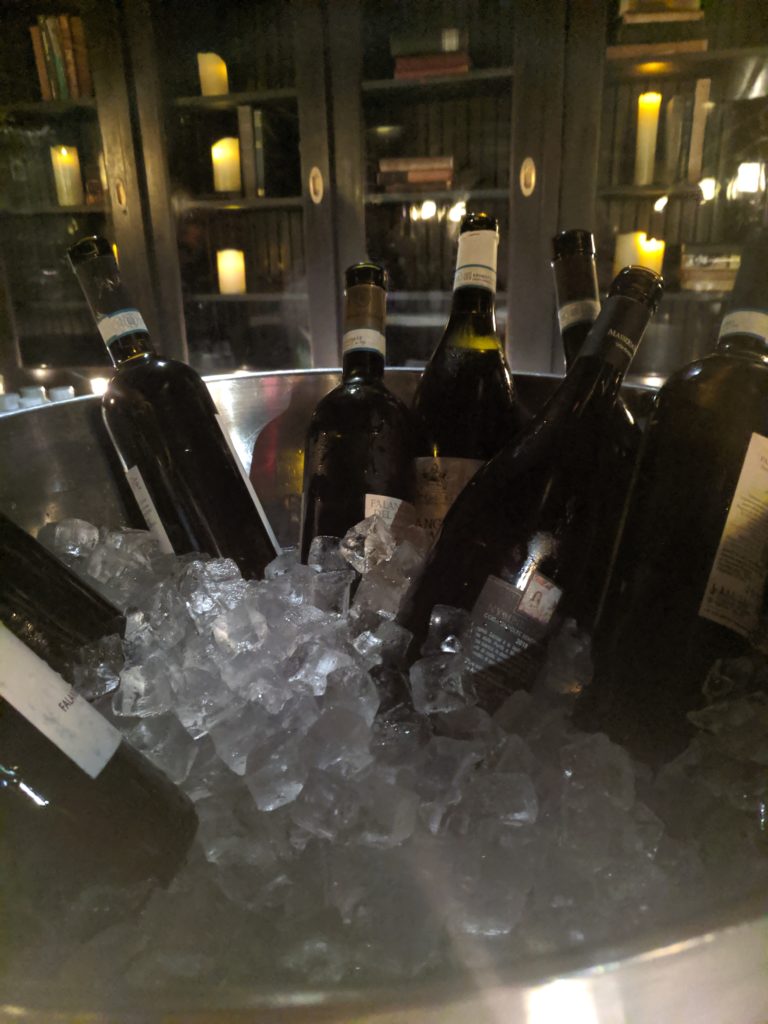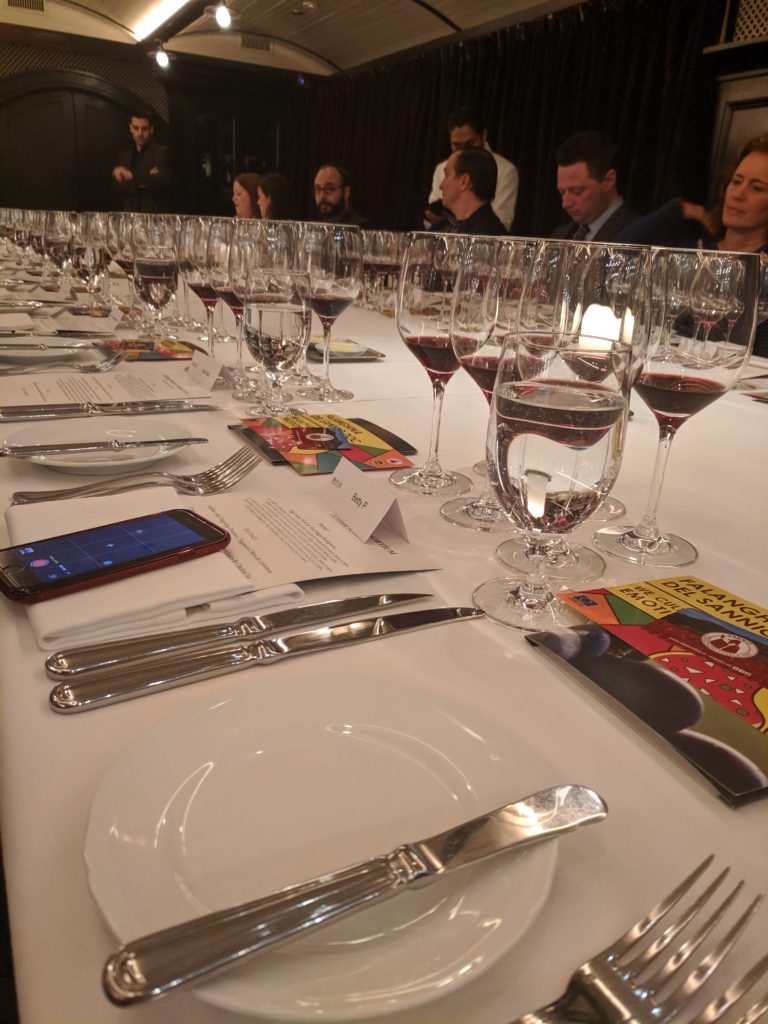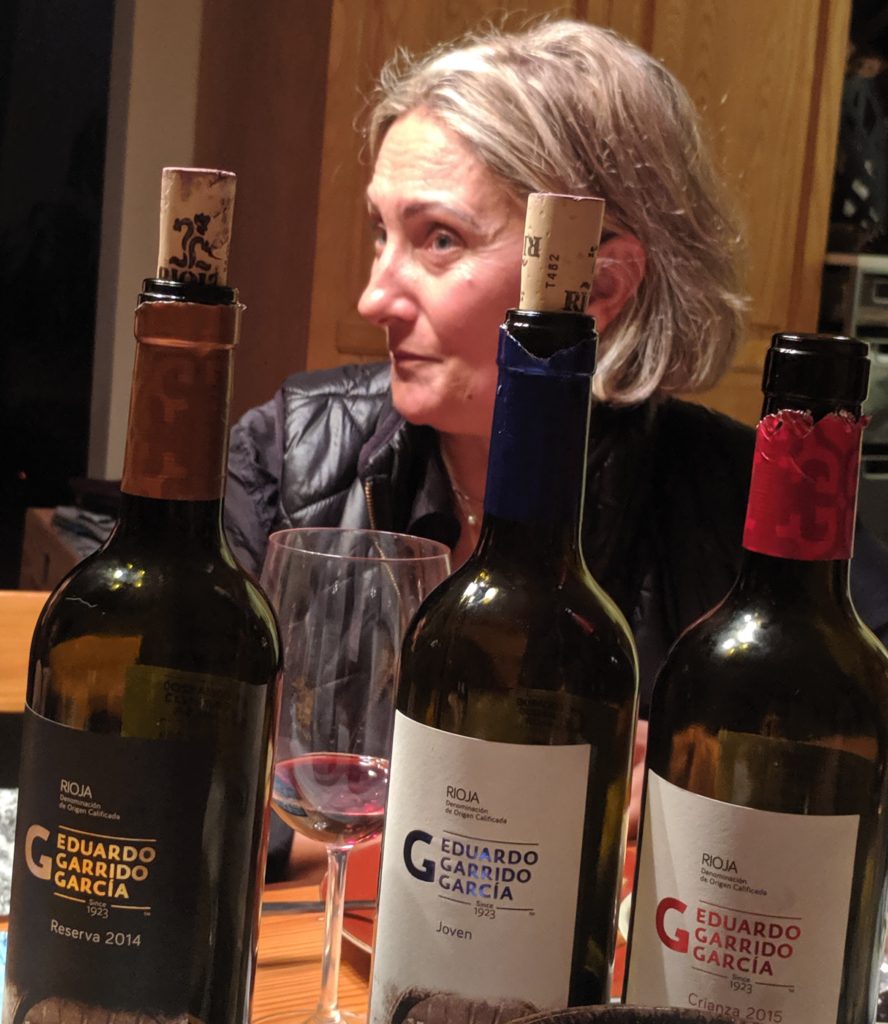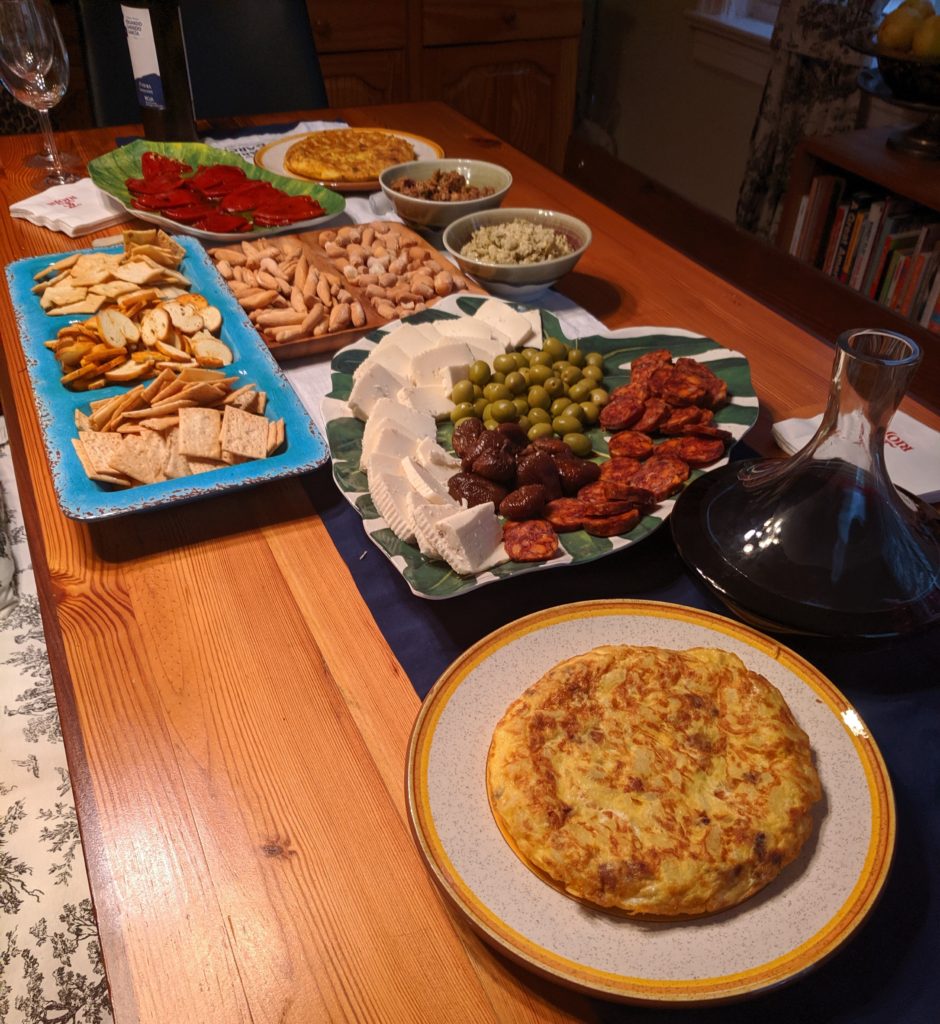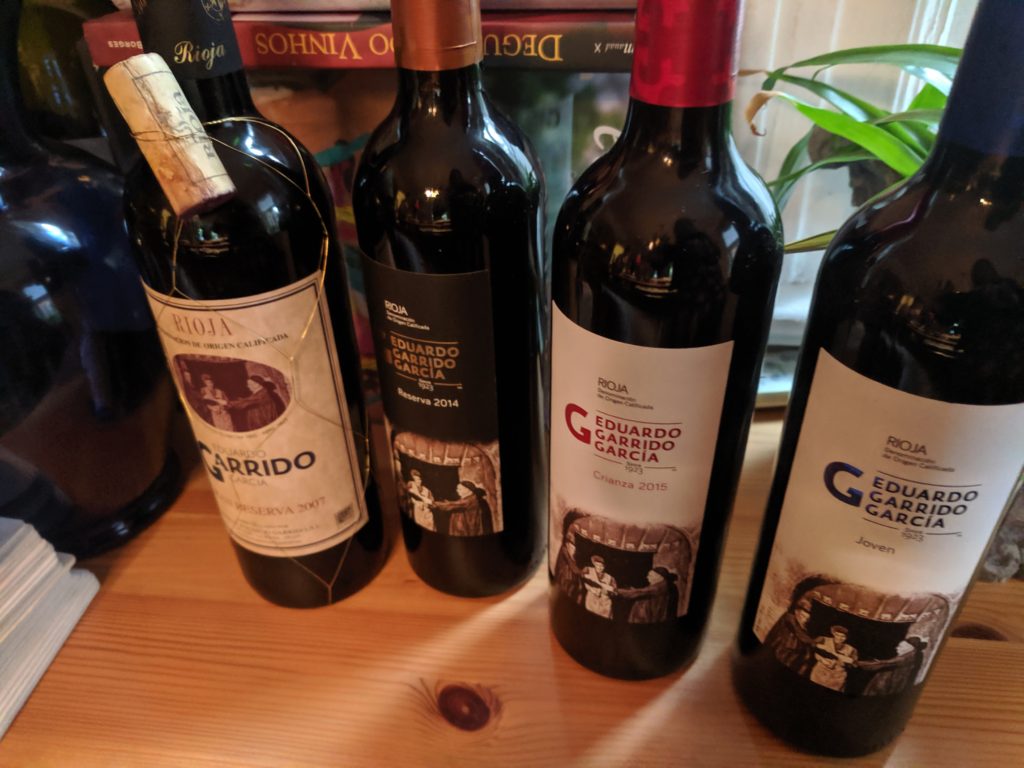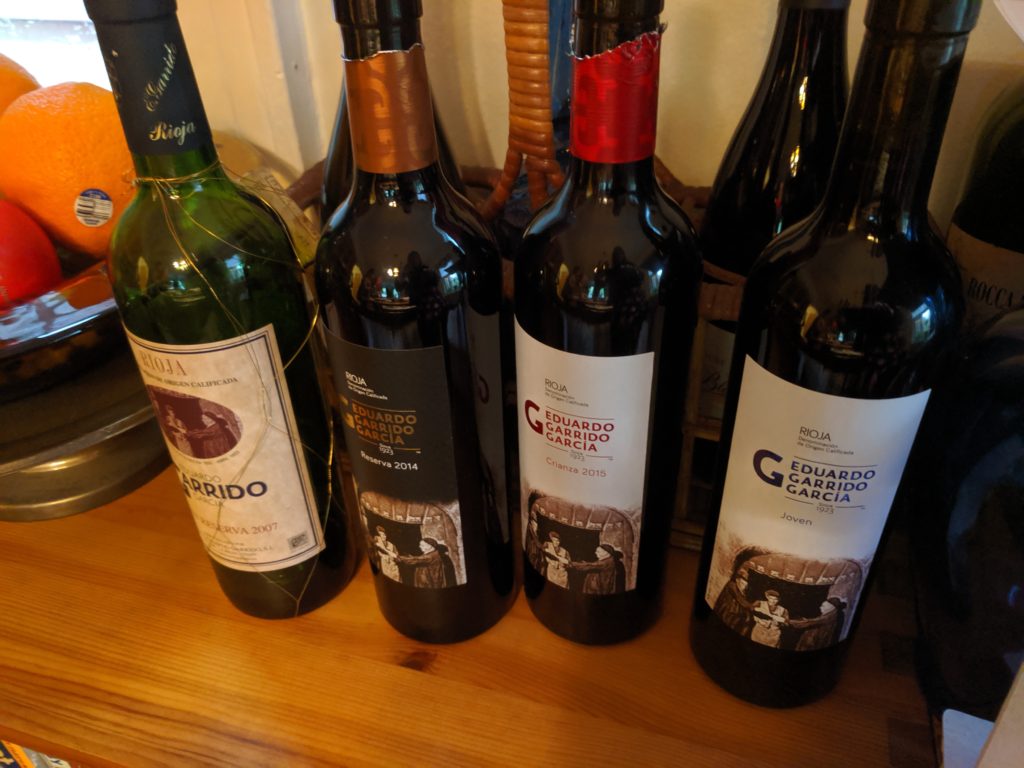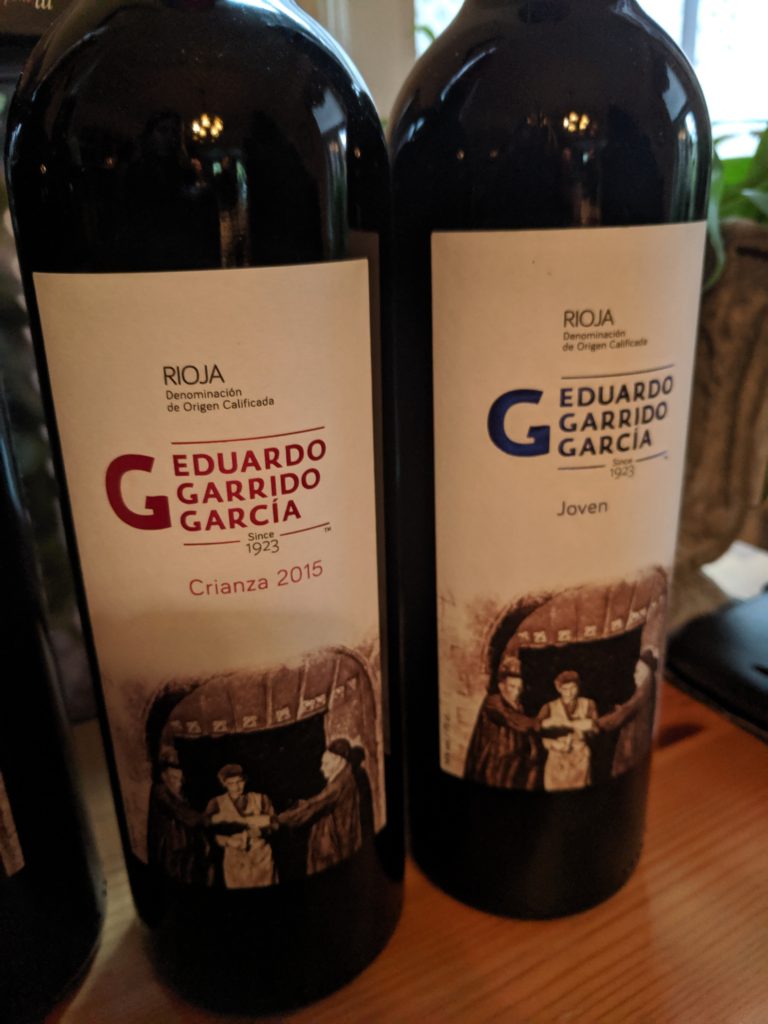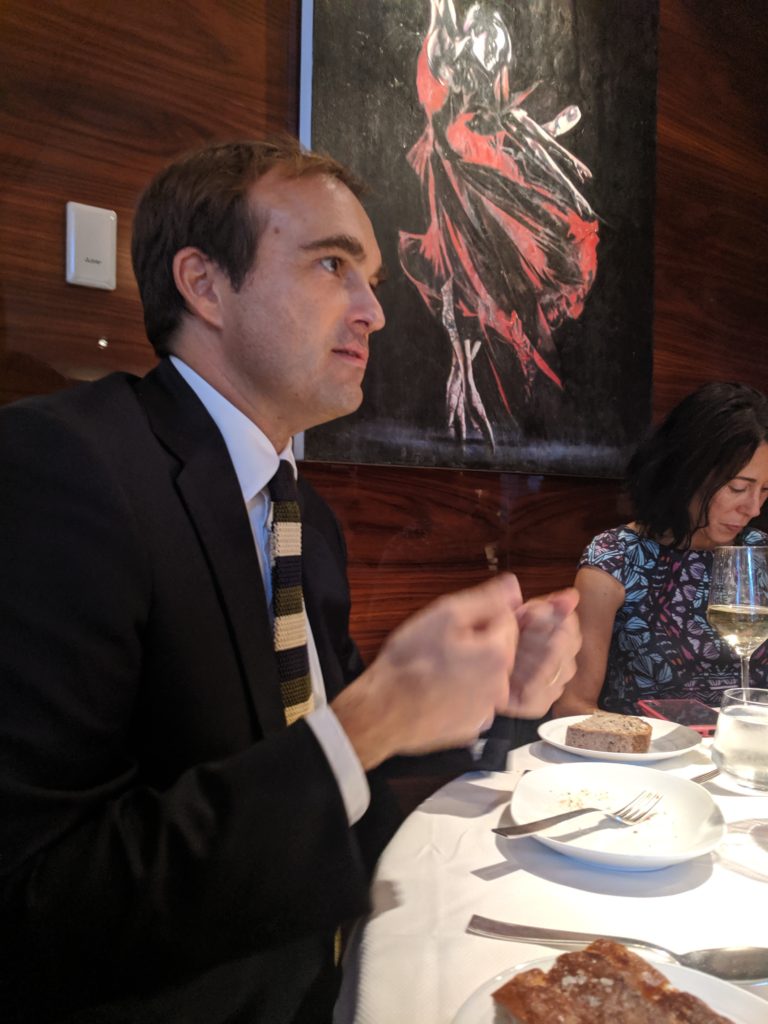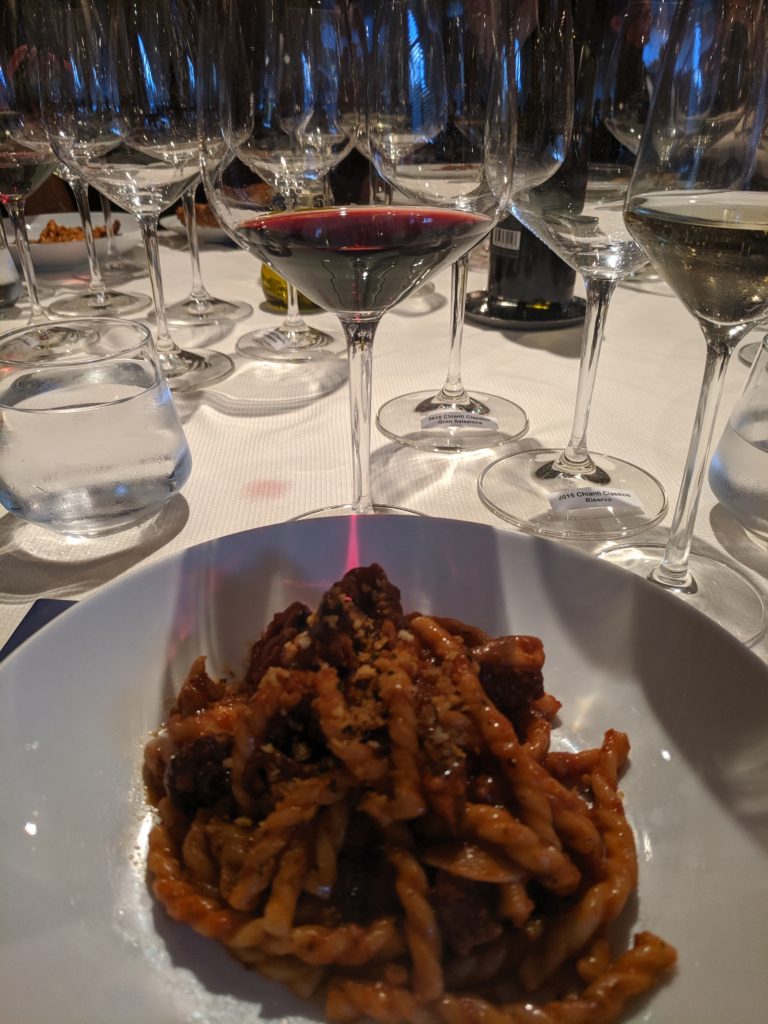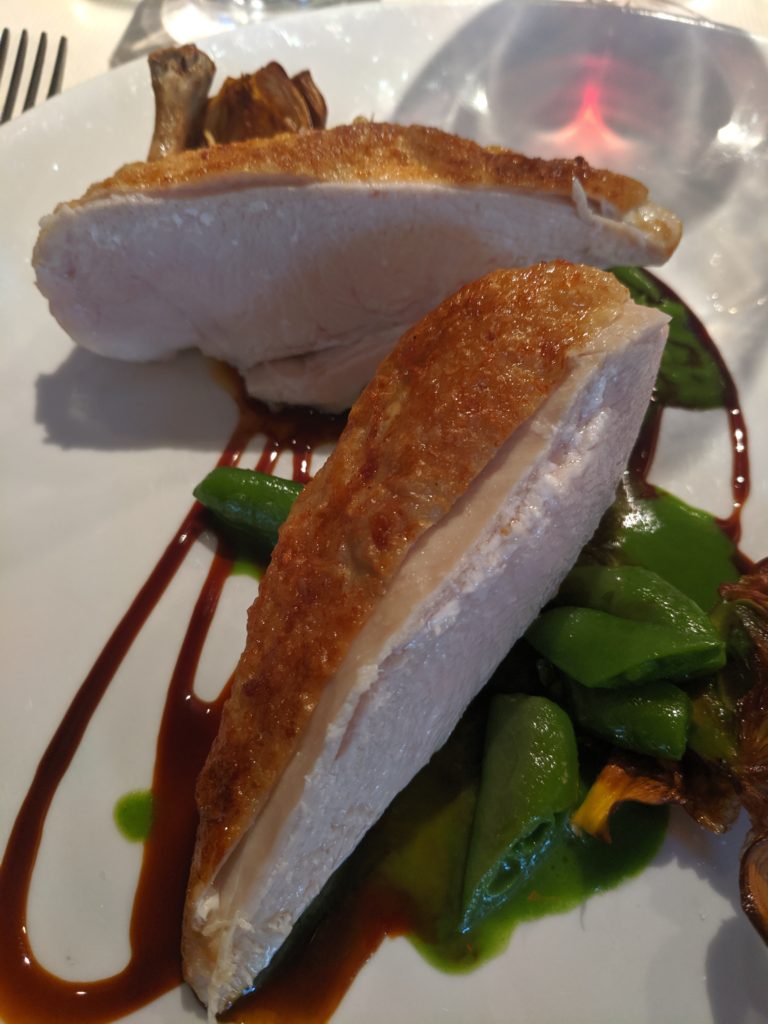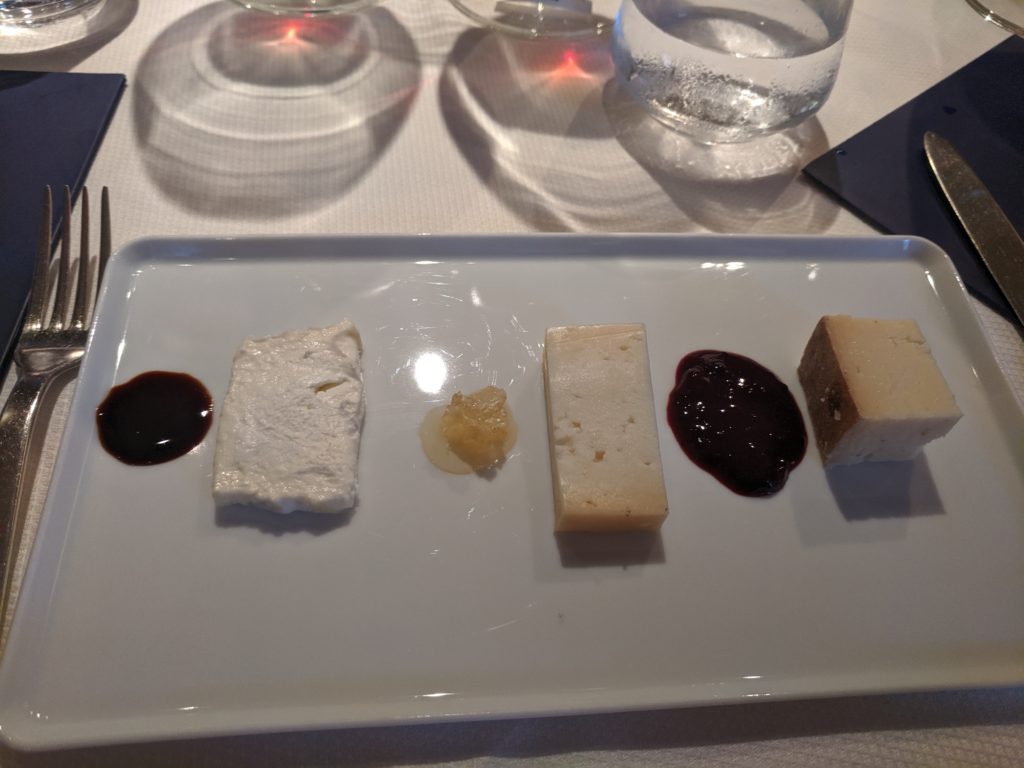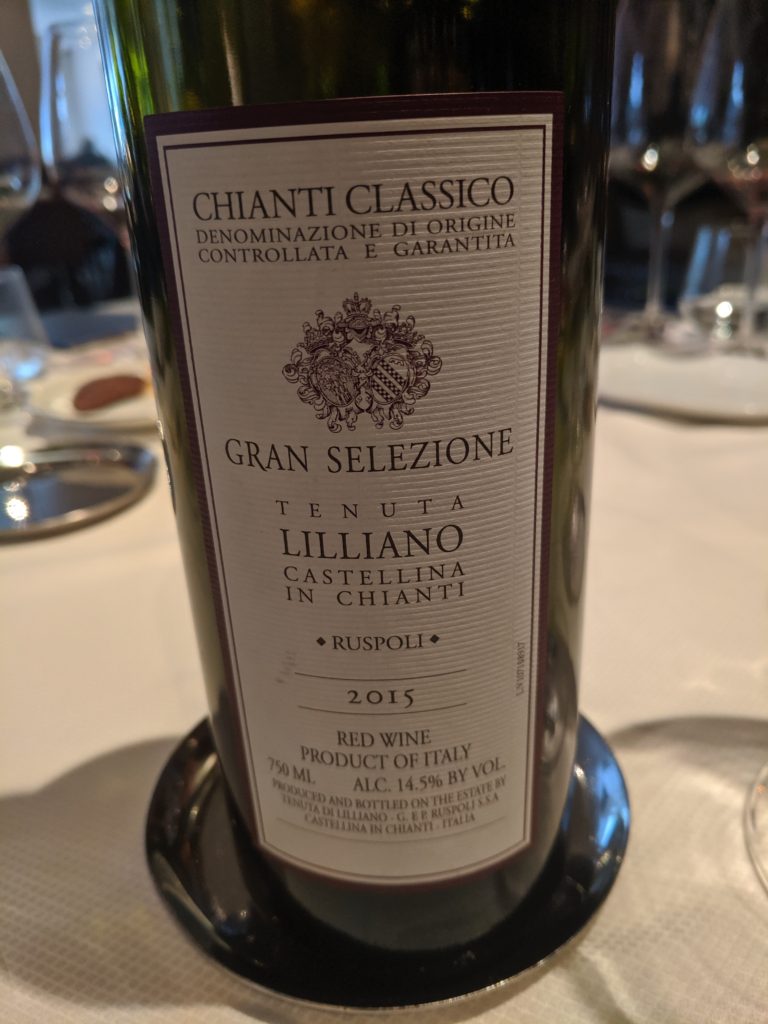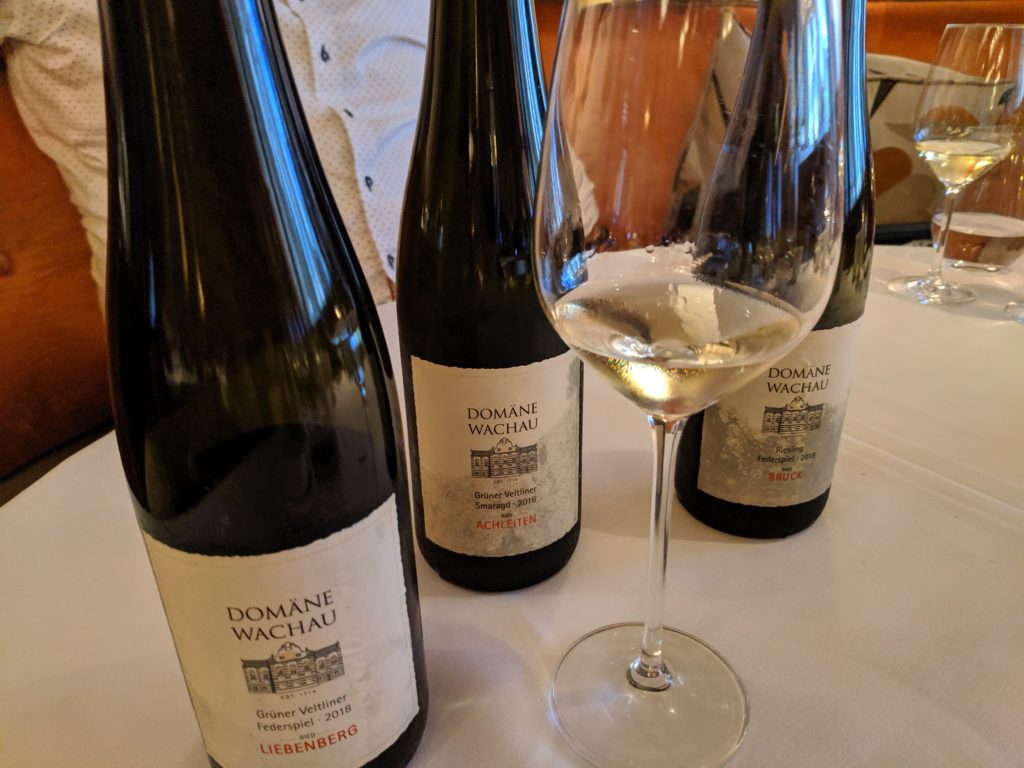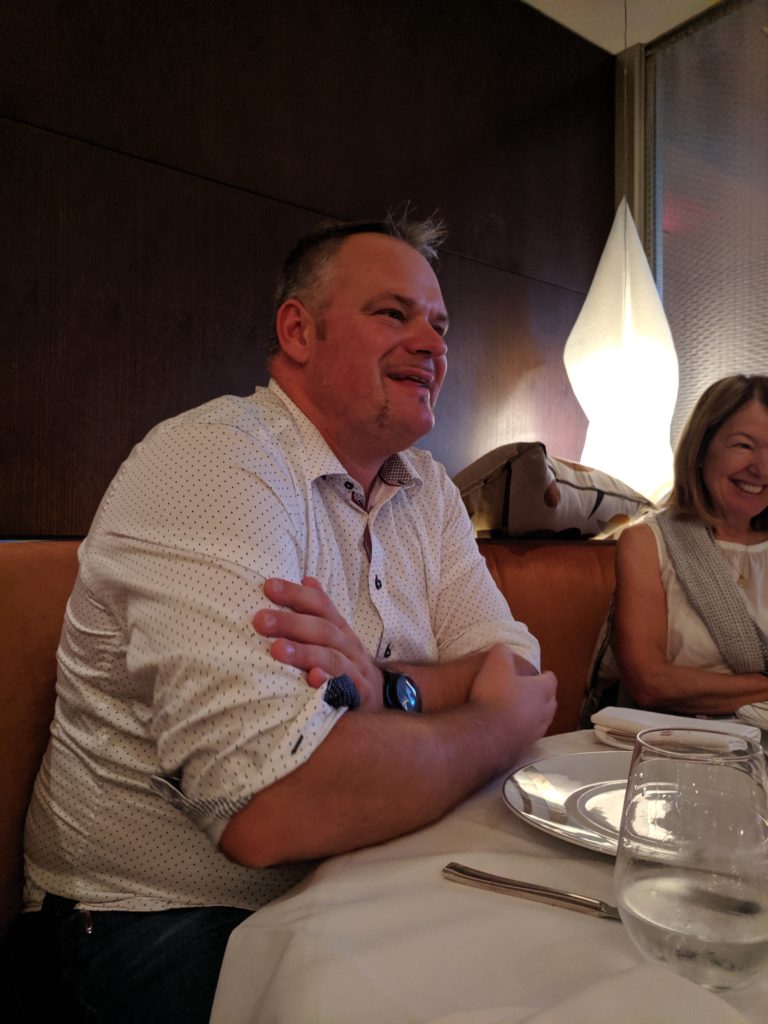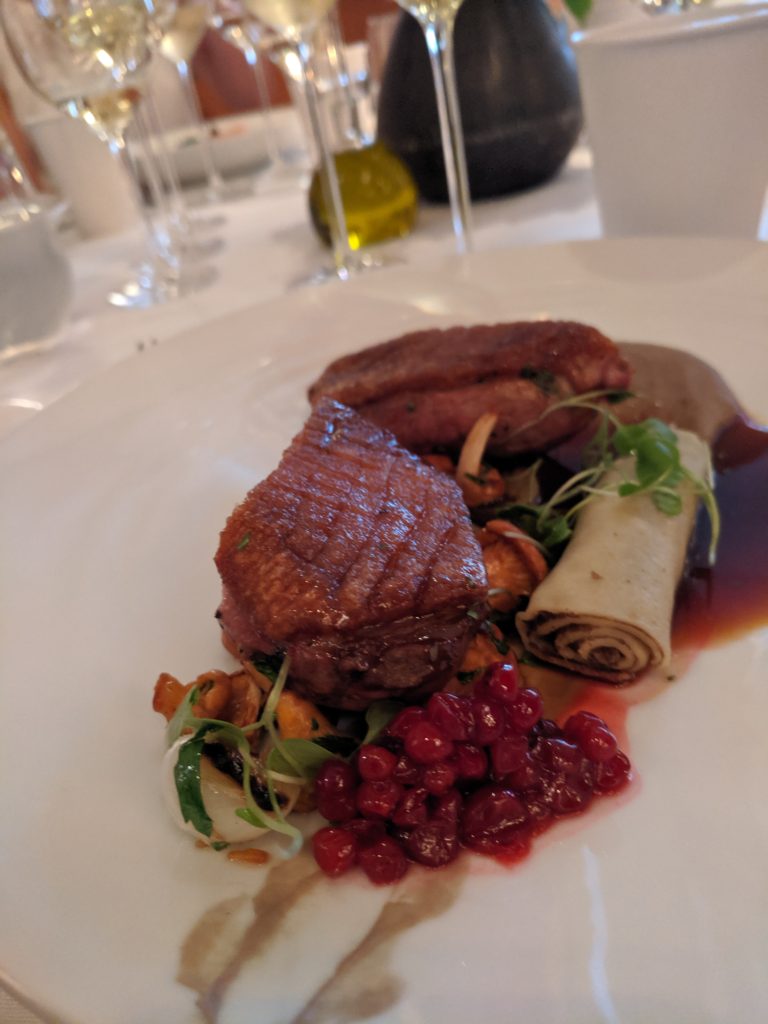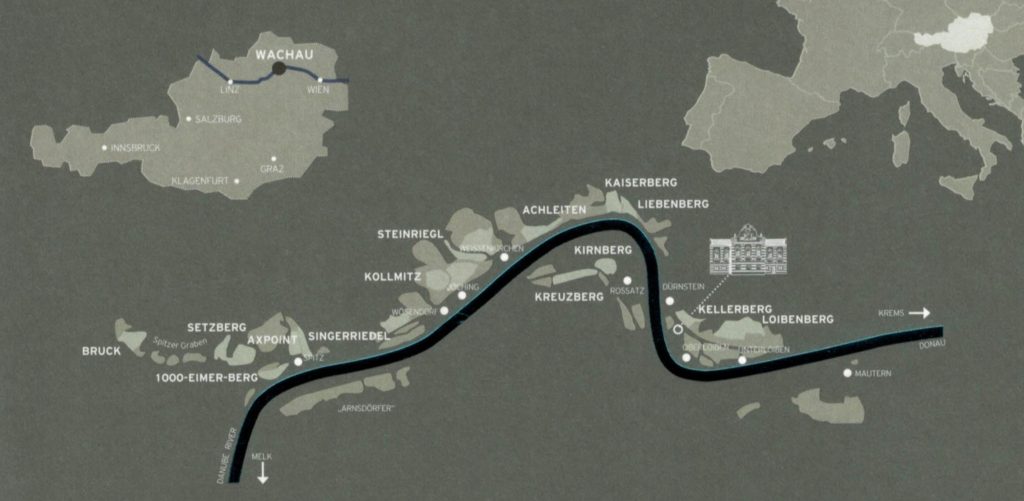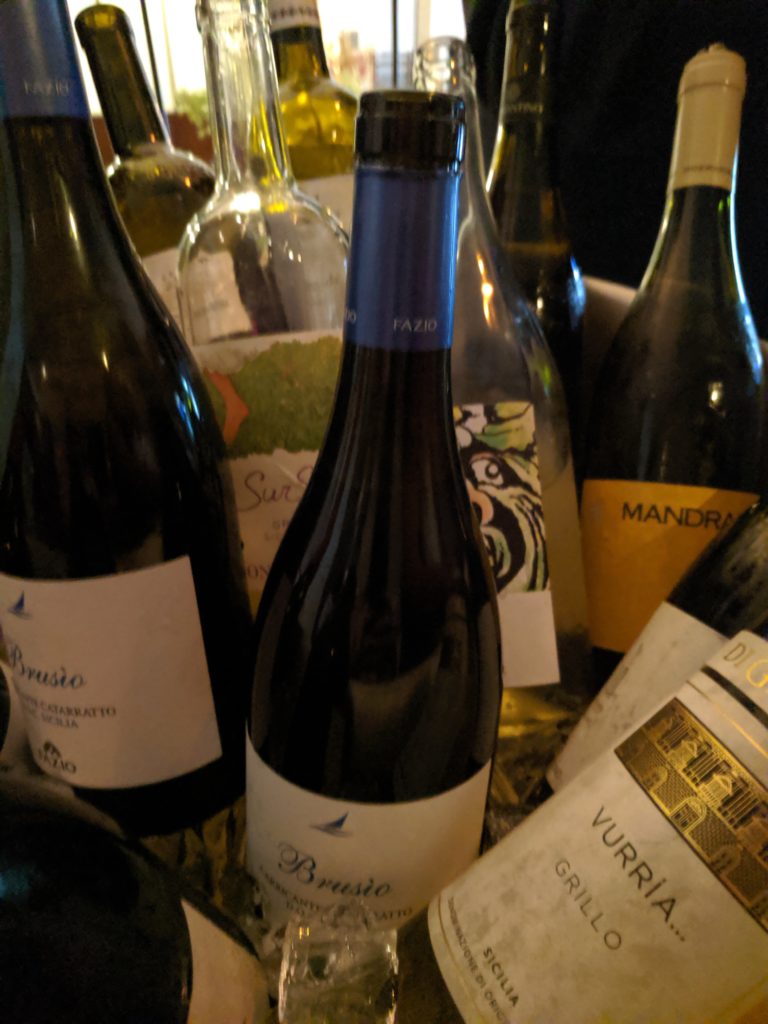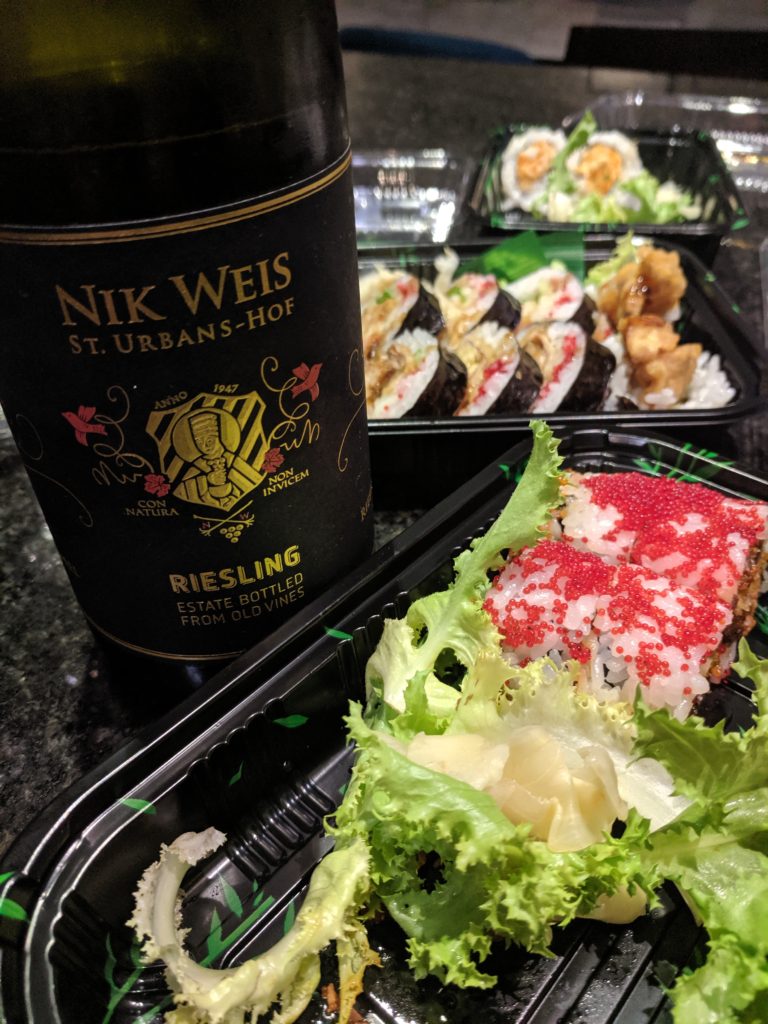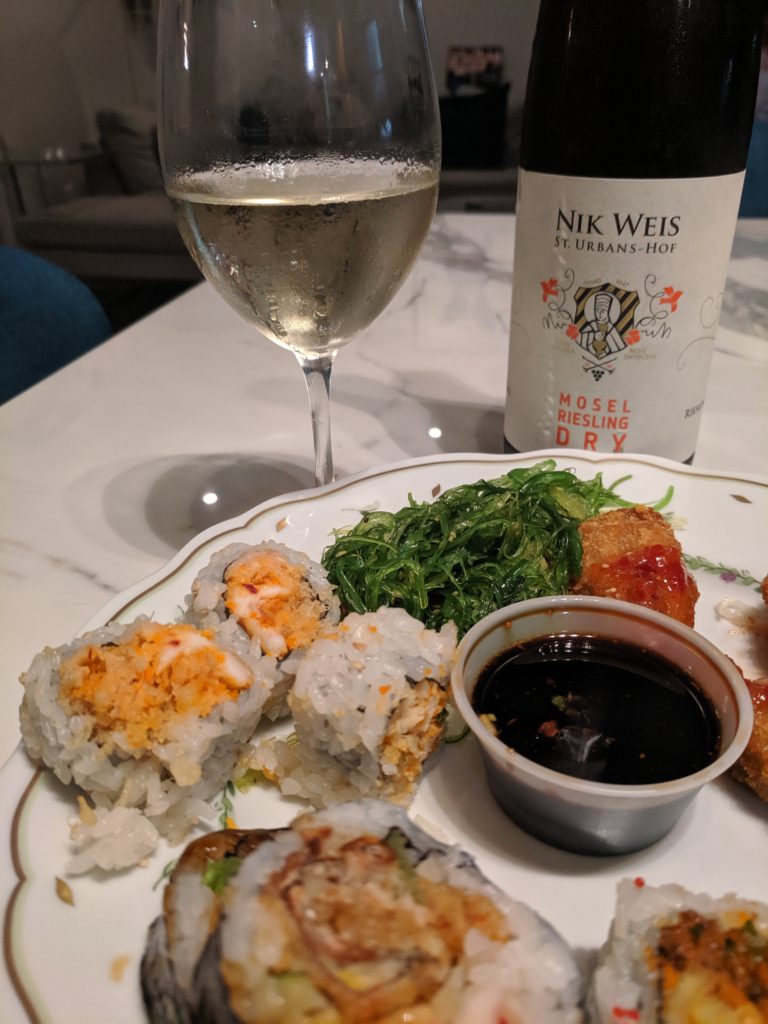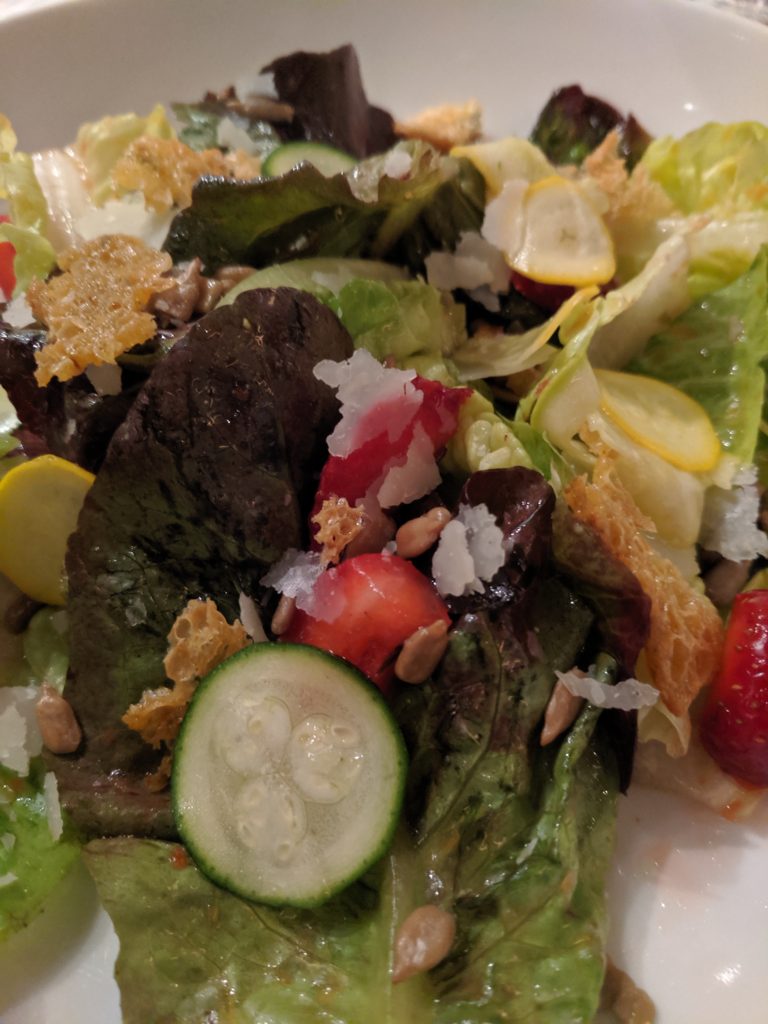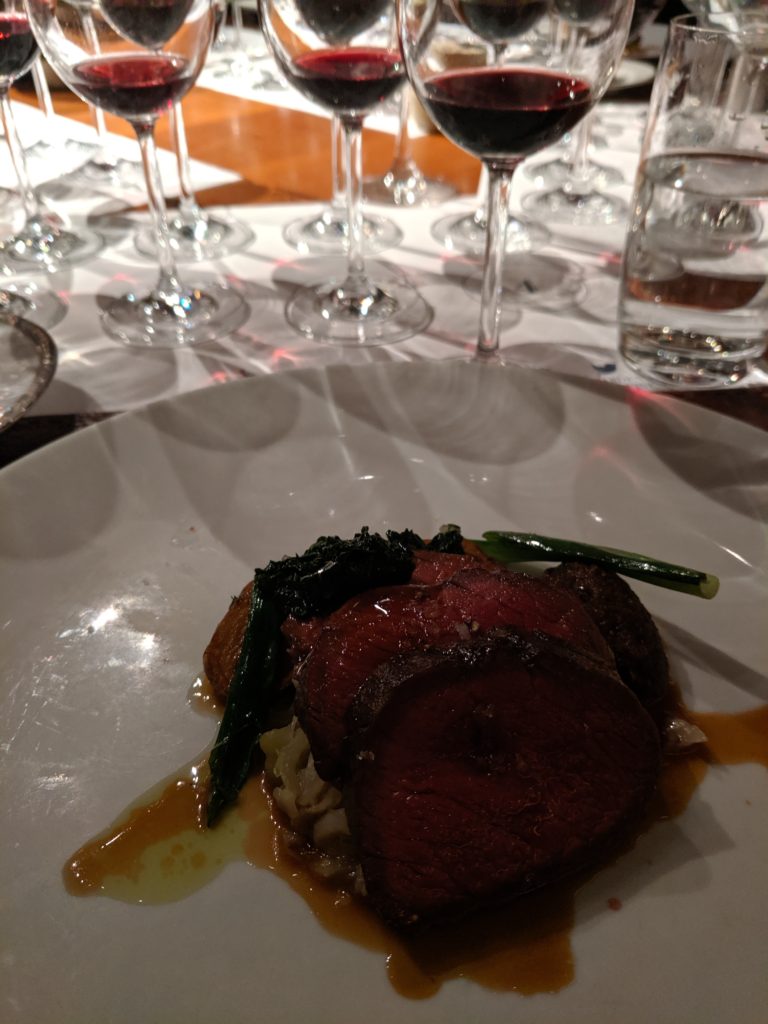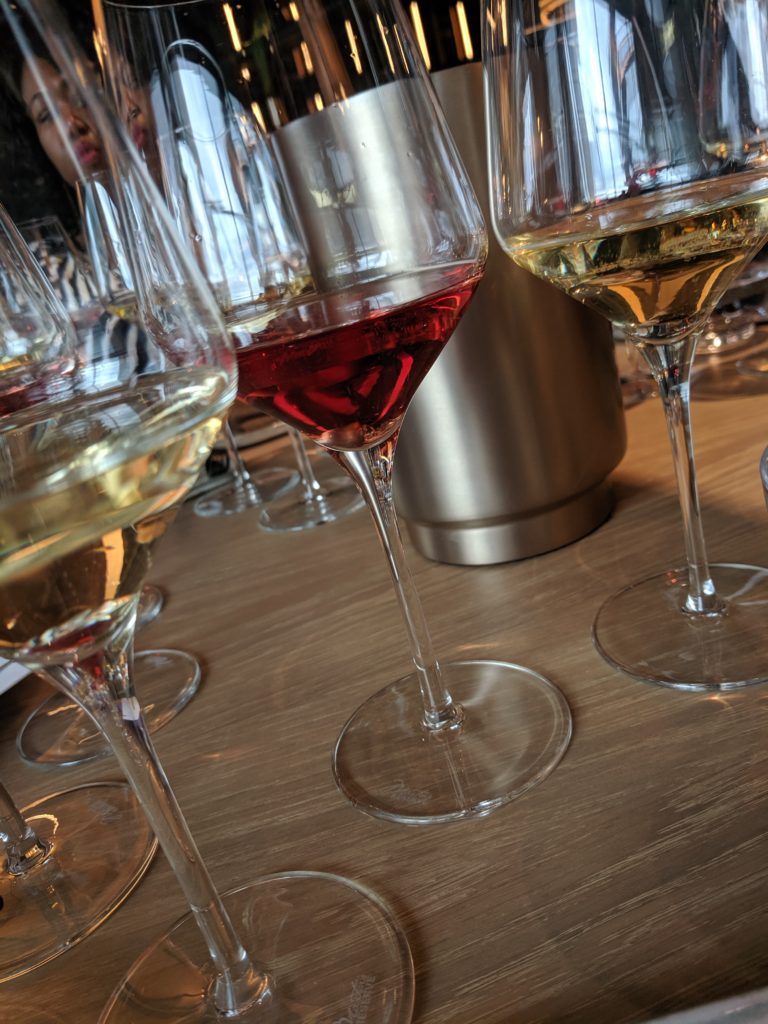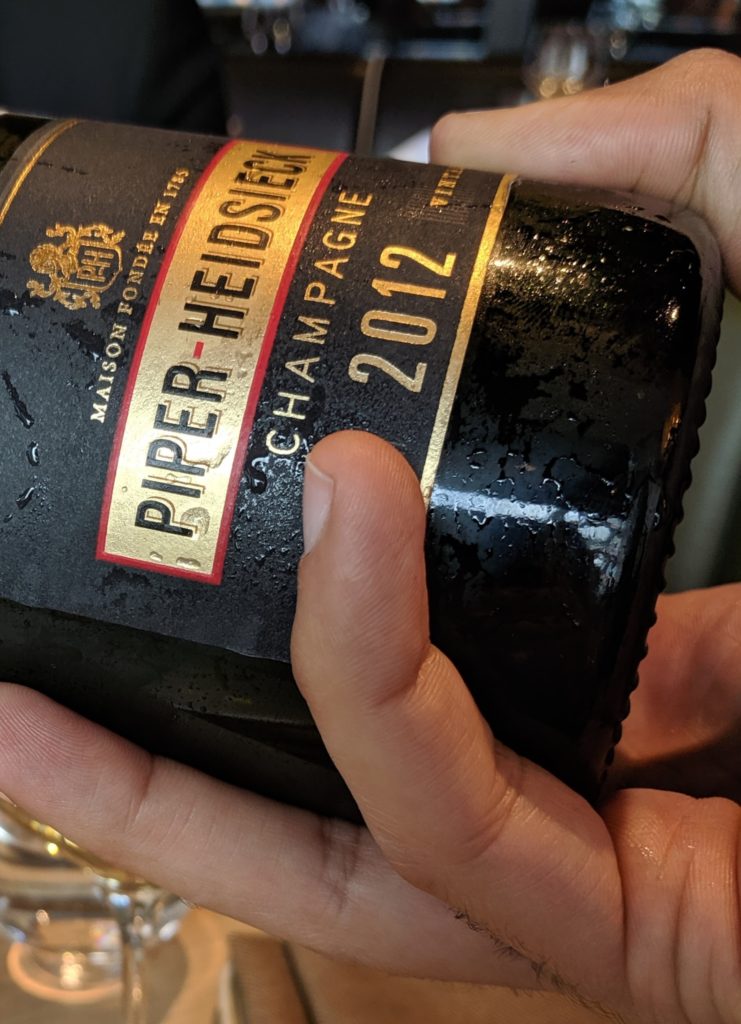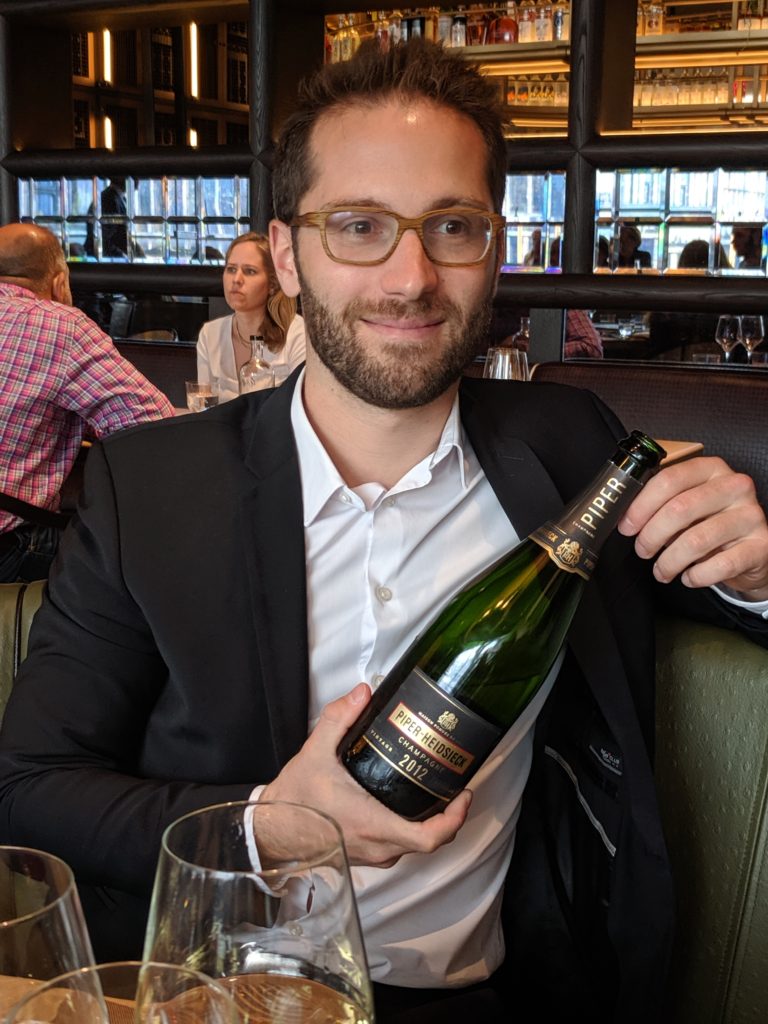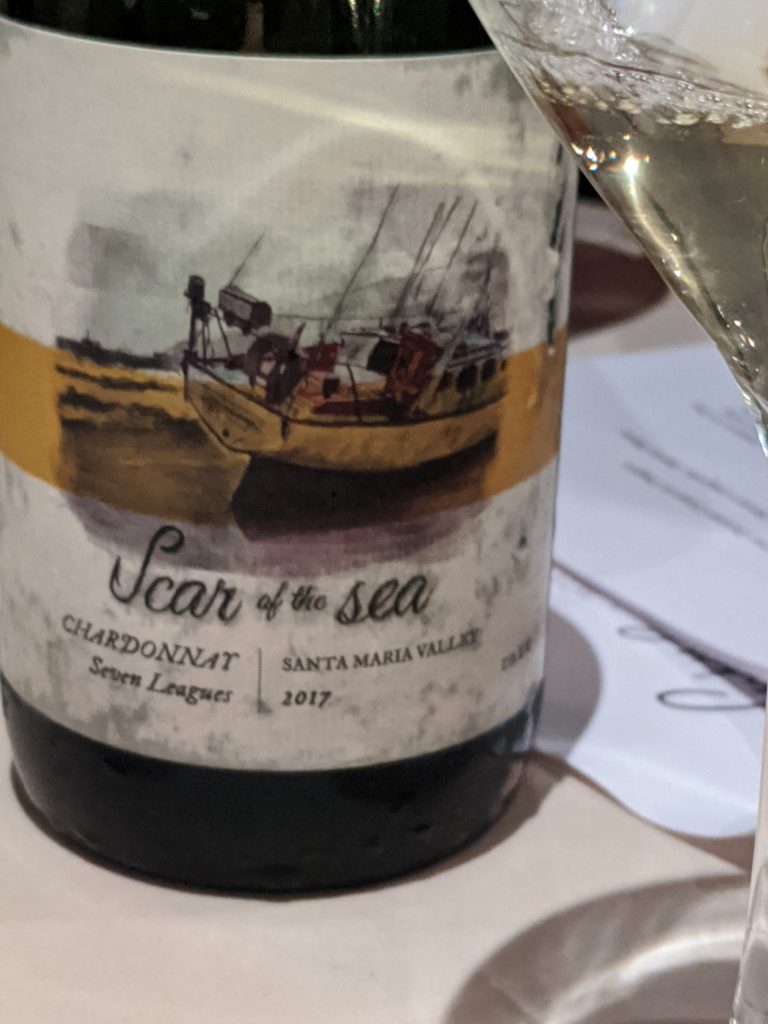
At a press conference for Robert Parker’s Wine Advocate, wherein they announced that Michelin Guide had upped its stake in the wine publication to full ownership, we were introduced to ten discoveries of the year from each of the magazine’s wine reviewers.
A South African Chardonnay had been chosen by Anthony Mueller (who focuses on South Africa and Washington State) for its precision and focus as well as the maverick behind the wine ‘s Lismore label, Samantha O’Keefe. He noted that the wine’s characteristics harken back to the grape’s Burgundian roots.
California and Oregon Editor, Erin Brooks, offered up a California Chardonnay from Mikey Giugni, owner and winemaker of Scar of the Sea. I was impressed by the youthful exuberance of Mikey as well as the depth of his wine. The 32-year old engineer turned winemaker uses old, neutral oak for his wines, resulting in an integrated wine, with a richness and roundness on the palate.
Editor-in-Chief, Lisa Perrotti-Brown, wanted remind readers that St. Emilion is capable of delivering elegance and finesse with her choice of Poesia coming into its own after having been purchased in 2013 by Helene Garcin-Leveque and her husband, Patrice. The wine is a blend of 70% Merlot and 30% Cabernet Franc and provides floral, earth and mineral character on the nose and palate.
It was lovely to taste the Domaines Lupier La Dama, the discovery from reviewer Luis Gutierrez. And, interesting and fun to meet the winery’s owner, Elisa Ucar, who seemed familiar (and which I later confirmed), I had met when I visited Navarra back in 2011. A beautiful Austrian Riesling and elegant Champagne rounded out the tasting discoveries for me.
Established in 1978 by Robert Parker as a bi-monthly newsletter, with only himself as the wine reviewer, the Wine Advocate has grown significantly in the past 41 years, with 10 reviewers, 400,000 wine reviews and generating 30,000 new reviews annually. This recent acquisition by Michelin brings together enology and gastronomy and seeks to raise the global presence of the Robert Parker’s Wine Advocate brand, with an emphasis on emerging wine markets and an enlarged digital presence. It will be interesting to see what happens with this next chapter of this storied wine review publication.
LIST of WINES
Lismore Estate Reserve Chardonnay 2017, Western Cape, South Africa, $45.00
94 points
Scar of the Sea Chardonnay Seven Leagues 2017, Santa Maria Valley (CA), USA, $37.00
93 points
Chateau Poesia 2016, Saint Emilion, Bordeaux, France, $39.00
94 points
Domaines Lupier La Dama 2015, Navarra, Spain, $43.00
96 points
Martin Muthenthaler Riesling Viesslinger Stern 2017, Wachau, Austria, $48.00
Score not yet published
Ulysse Collin Extra Brut Blanc de Blancs Les Roises NV, Champagne, France, $146.00
98 points
NB: Wines are listed in the order mentioned in the article; scores are from the respective editor.

